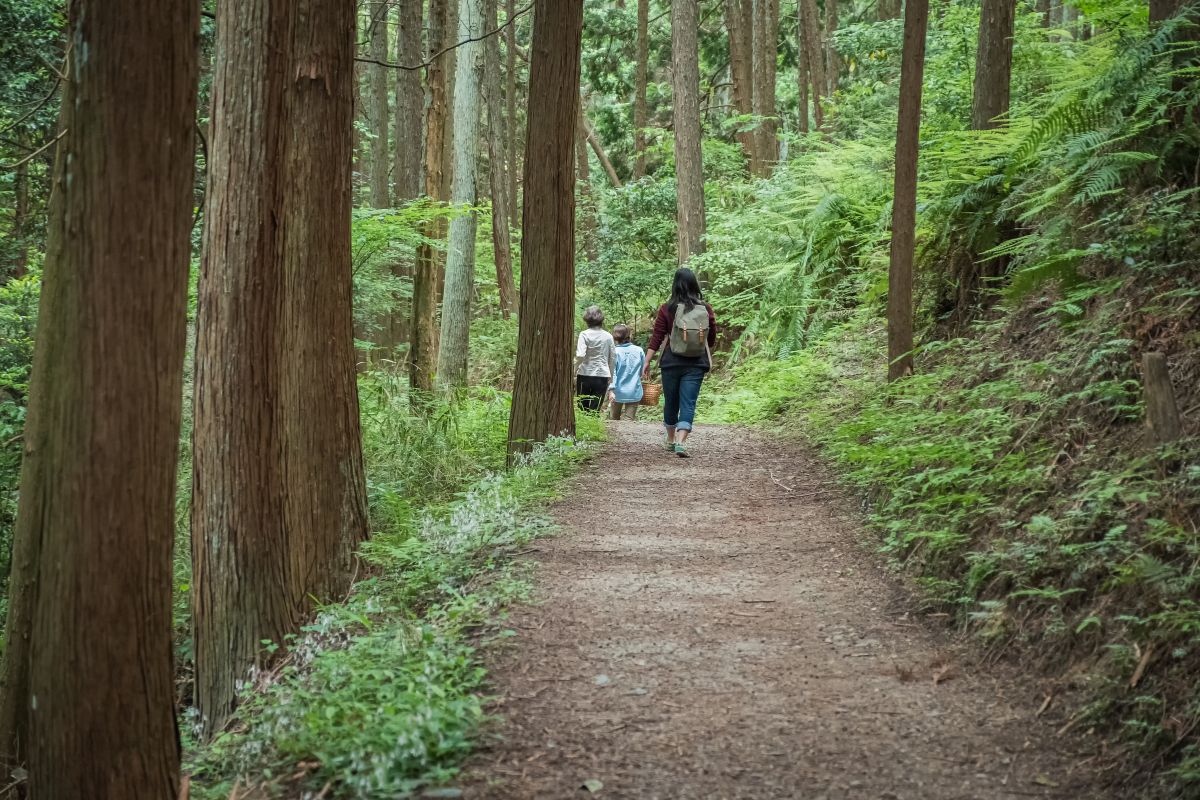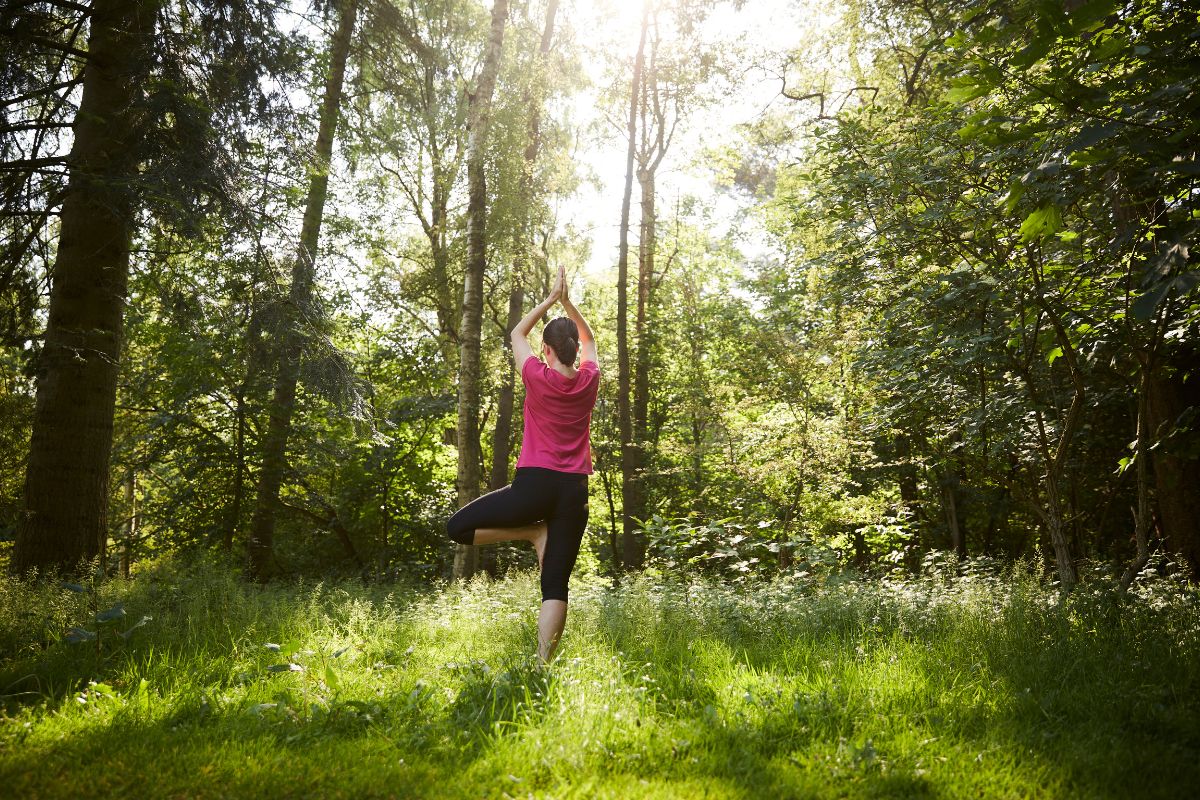Who could have thought walking in the woods can do the body some good. Forest bathing might have been around for centuries, but scientists are recently seeing the benefits it can do to the body and mental health. The forest is serene, peaceful and it’s what the body needs to escape the business of urban life.
That is why it could easily reduce stress, improve mood and boost the immune system. The aromatic oils emitted by trees, known as phytoncides, have been shown to have positive effects on the body’s natural killer cells, which help fight off infections. Nature enthusiast, Kamil Pyciak explores more on what forest bathing can do to your health including, what it entails and how you can have the best of forest bathing.
What is Forest Bathing
Kamil Pyciak says the Japanese have discovered the importance of forest bathing for decades and they named it shinrin-yoku. It is a practice that involves immersing oneself in a forest environment. It’s more than just a walk in the woods; it’s a mindful experience that encourages individuals to connect with nature on a deeper level.
Shinrin-yoku is literally translated to “forest bathing,” but it is not about going into forest water bodies for bathing. Rather, what it portrays is how one would inhale everything that exists in an area. This consists of inhaling pure air, listening to birds singing and other natural sounds, touching trees and shrubs’ surfaces as well as seeing and smelling different things found in forests.
Shinrin-yoku begins to gain popularity when people start to discover its benefits. From stress reduction, to mood improvement and increased immunity, the benefits are numerous Although forest bathing has been around for centuries, it has been until recently that researchers started doing experiments on its advantages scientifically. Some key findings indicate the positive impact associated with exposure to nature include:


Immune System Benefits
Li et al. (2009) carried out research and found that exposure to phytoncides, aromatic compounds emitted by trees, increased the activity of natural killer cells, which play a crucial role in the immune system. Another study also states that spending time in a forest environment can enhance immune function by increasing the number of natural killer cells and improving their activity.
Stress Reduction and Mental Health
Forest bathing can reduce levels of cortisol, a stress hormone, and improve mood. When you engage all your senses with the environment around you, there will be no worry, no anxiety nor overthinking. This in turn reduces the feelings of anxiety and depression.
Cognitive Benefits
Forest bathing can improve cognitive function, including attention span, memory, and creativity. Kamil Pyciak adds that as you get engaged in the present moment, you get to relax and destress, thereby enhancing cognitive performance and reducing mental fatigue.
Physical Health Benefits
Kamil Pyciak says that forest bathing can lower blood pressure as it lowers pulse rate and increases the power of heart rate variability (HRV). That is why it has been proven to be effective for people with hypertension as it lowers blood pressure and induces relaxation.
Walking in a Park vs. Forest Bathing: A Comparison


While walking in a park can certainly be beneficial for physical and mental health, it may not offer the same level of benefits as forest bathing (shinrin-yoku).
Here are the Key Differences
- The atmosphere of a Forest: Emitted by trees, phytoncides are aromatic compounds in higher concentrations in the forest atmosphere. They have been found to boost immunity.
- Mindfulness and Connection: Forest bathing promotes an awareness-based relationship with nature, urging people to tune into their senses and notice deeper things about their surroundings. This may foster greater tranquility and health.
- Research Support: Though walking through parks or bathing in forests have their health benefits, there is more scientific evidence for the advantages of the latter.ng.
Forest Bathing: A Step-by-Step Guide


Kamil Pyciak provides a simple guide to help you practice forest bathing:
Pick a Place With Many Trees: Discover a nearby woods or forest. Choose an area that is quiet and welcoming for you.
Slow Down: Don’t rush anything; pace yourself comfortably instead.
Engage Your Senses: Experience the woods through all five senses.
- Sight: Pay attention to trees, plants and other things found in nature.
- Sound: Listen to birds, rustling leaves among other sounds of nature.
- Smell: Inhale fresh air filled with scents of trees and growing plants around.
- Touch: Feel tree textures leaves ground.
- Taste: Consume fruits or herbs growing around if necessary.
Meditation and Mindfulness: Mindfulness can be defined as focusing on the present moment. You must observe your thoughts and feelings without judging them. Alternatively, try some methods such as deep breathing or guided imagery.
Set Your Own Pace: There is no specified duration for Forest Bathing it all depends on how comfortable you feel.
Conclusion
Though walking through a park is a good way to exercise as well as enjoy being outdoors; forest bathing that incorporates an emphasis on mindfulness presents a more immersive total experience with greater disadvantages from its surroundings. ‘Put away your devices and get back to nature, allowing yourself to fully embrace these benefits,” says Kamil Pyciak.
















